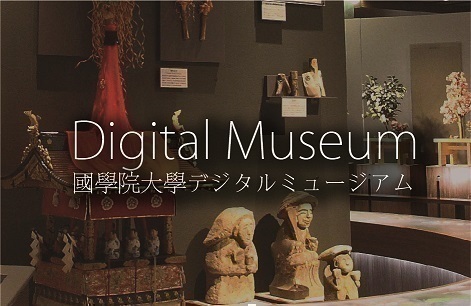- トップ
- Encyclopedia of Shinto
- Meiji setsu
Encyclopedia of Shinto
| Main Menu: | |
| Links: |
詳細表示 (Complete Article)
| カテゴリー1: | 5. Rites and Festivals |
|---|---|
| カテゴリー2: | State Rites |
| Title | Meiji setsu |
| Text | "Meiji Emperor Observance." From the beginning of the Showa era to just after the end of World War II, Meijisetsu was a national holidaycelebrated on the Meiji emperor's birthday to commemorate his virtues. In 1927, at the behest of the Imperial Diet, the Meiji Emperor's birthday, November 3 (by the old calendar, the twenty-second day of the ninth month), became fixed as the date of Meiji setsu. Meiji setsu was established as a national holiday following the death of the Taisho emperor, when the Taisho emperor replaced the Meiji emperor as the object of the sentei sai (the celebration in honor of the former emperor) and there was no longer any festival honoring the Meiji emperor. On the day of the Meiji setsu, the Meiji Observance Celebration (Meiji setsu sai) was performed within the Three Sacred Halls (kyūchū sanden) in the form of a lesser rite (shōsai) [wherein the emperor leads the imperial family and bureaucrats in performing obeisances and then the official in charge performs the rite]. This was followed by the Meiji Observance Rites (meiji setsu no gi) which included felicitations and a banquet and were conducted inside the palace. As a national holiday (shukujitsu), Meiji setsu was added to the "three great setsu observances" of the earlier eras (Shihō sai, Kigen setsu, and Tenchō setsu) thus constituting the "four great setsu observances" (shidaisetsu). Anniversary celebrations honoring the Meiji emperor's virtues were performed in elementary schools across the country and by various other groups. Renamed "Culture Day" in 1948 under the National Holiday Law, the holiday is still observed to this day. — Takeda Hideaki |




